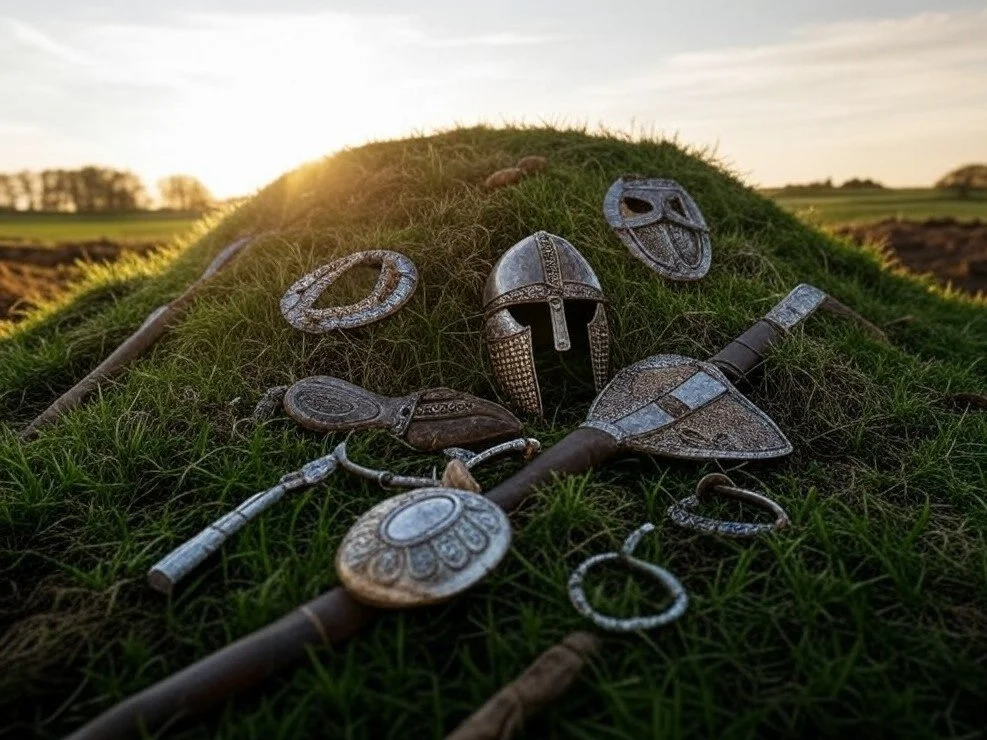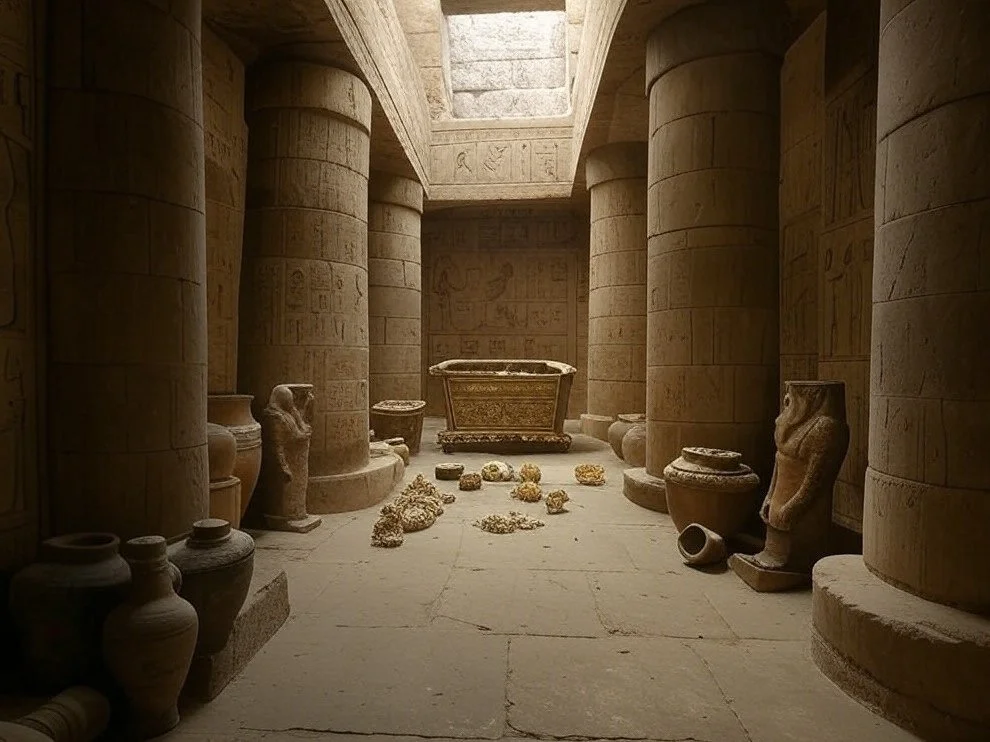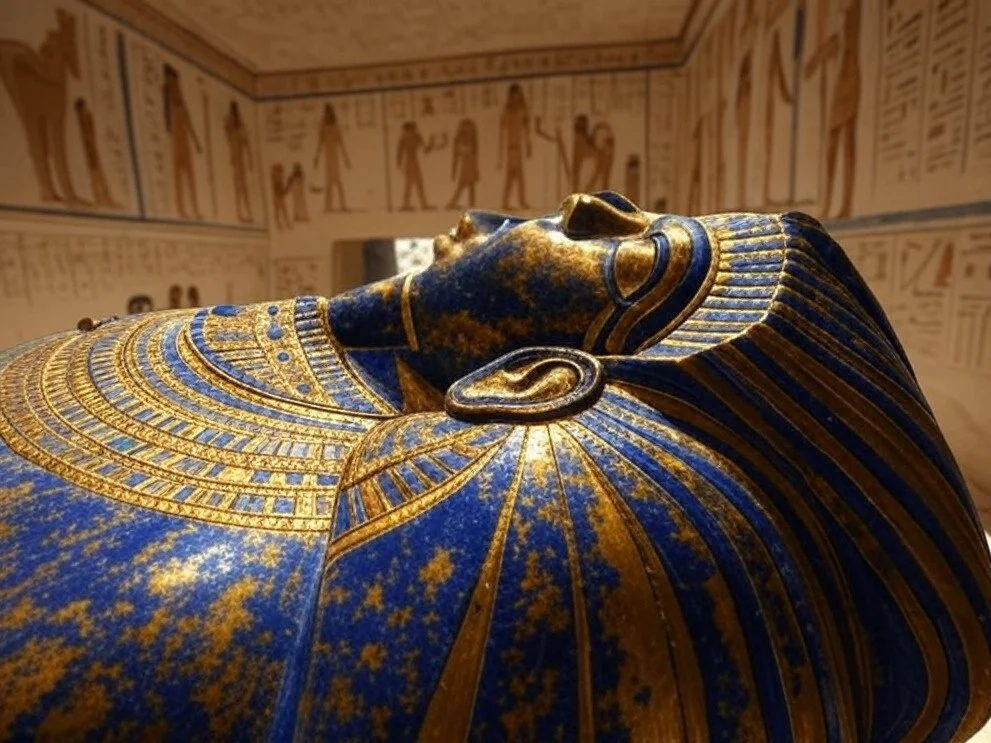Introduction
The Dead Sea Scrolls are among the most significant archaeological discoveries of the 20th century, offering invaluable insights into Jewish history, religious texts, and ancient scriptural traditions. Discovered between 1947 and 1956 in the Qumran Caves near the Dead Sea, these scrolls have reshaped our understanding of Second Temple Judaism and the origins of early Christianity. This article delves into the discovery, content, scholarly debates, and enduring mysteries of the Dead Sea Scrolls.
Discovery and Composition
The Dead Sea Scrolls were first found by Bedouin shepherds in the Judean Desert. Subsequent excavations uncovered a total of 11 caves containing thousands of manuscript fragments. The scrolls date from the 3rd century BCE to the 1st century CE and are written primarily in Hebrew, with some in Aramaic and Greek. They include a variety of texts:
Biblical Manuscripts: Copies of books from the Hebrew Bible, some predating the Masoretic Text by a millennium.
Apocryphal and Pseudepigraphal Works: Texts not included in the canonical Hebrew Bible but reflecting early Jewish traditions.
Sectarian Writings: Unique documents believed to be linked to the Essenes, a Jewish sect residing at Qumran, detailing community rules, beliefs, and eschatological visions.
Liturgical and Wisdom Texts: Prayers, hymns, and instructional writings shedding light on the religious practices of the time.
Theories on the Scrolls' Origin
The origin of the Dead Sea Scrolls remains a subject of debate among scholars. The predominant theories include:
Essenic Hypothesis: Suggests that the scrolls were written or collected by the Essenes, an ascetic Jewish sect that lived in the Qumran settlement.
Jerusalem Library Theory: Proposes that the scrolls were part of a broader Jewish literary tradition from Jerusalem, hidden in caves during the Roman siege.
Multiple Origins Theory: Argues that the scrolls originated from various Jewish communities, reflecting diverse religious and philosophical perspectives.
Significance and Impact
The Dead Sea Scrolls have revolutionized biblical scholarship and historical studies by:
Providing Older Biblical Texts: Some manuscripts predate previously known Hebrew Bible versions, offering new perspectives on textual development.
Illuminating Second Temple Judaism: The scrolls offer insights into the diversity of Jewish beliefs, messianic expectations, and interpretations of the Torah.
Influencing Christian Origins Studies: Parallels between some Dead Sea texts and early Christian writings suggest potential ideological and theological connections.
Unresolved Mysteries
Despite extensive research, several questions about the Dead Sea Scrolls remain unanswered:
Who Wrote Them?: While the Essene hypothesis dominates, the precise authorship remains speculative.
Why Were They Hidden?: The exact circumstances leading to the concealment of the scrolls are unclear, though the Roman destruction of the Second Temple in 70 CE is a likely factor.
Are There More Scrolls?: New discoveries continue to emerge, raising the possibility of additional manuscripts still undiscovered.
Conclusion
The Dead Sea Scrolls continue to be a focal point of historical, religious, and linguistic study. Their discovery has deepened our understanding of ancient Judaism and early Christianity, but many aspects of their origins, purpose, and broader implications remain elusive. As research progresses, new insights into these ancient texts will further shape our knowledge of the past and its impact on modern religious traditions.







